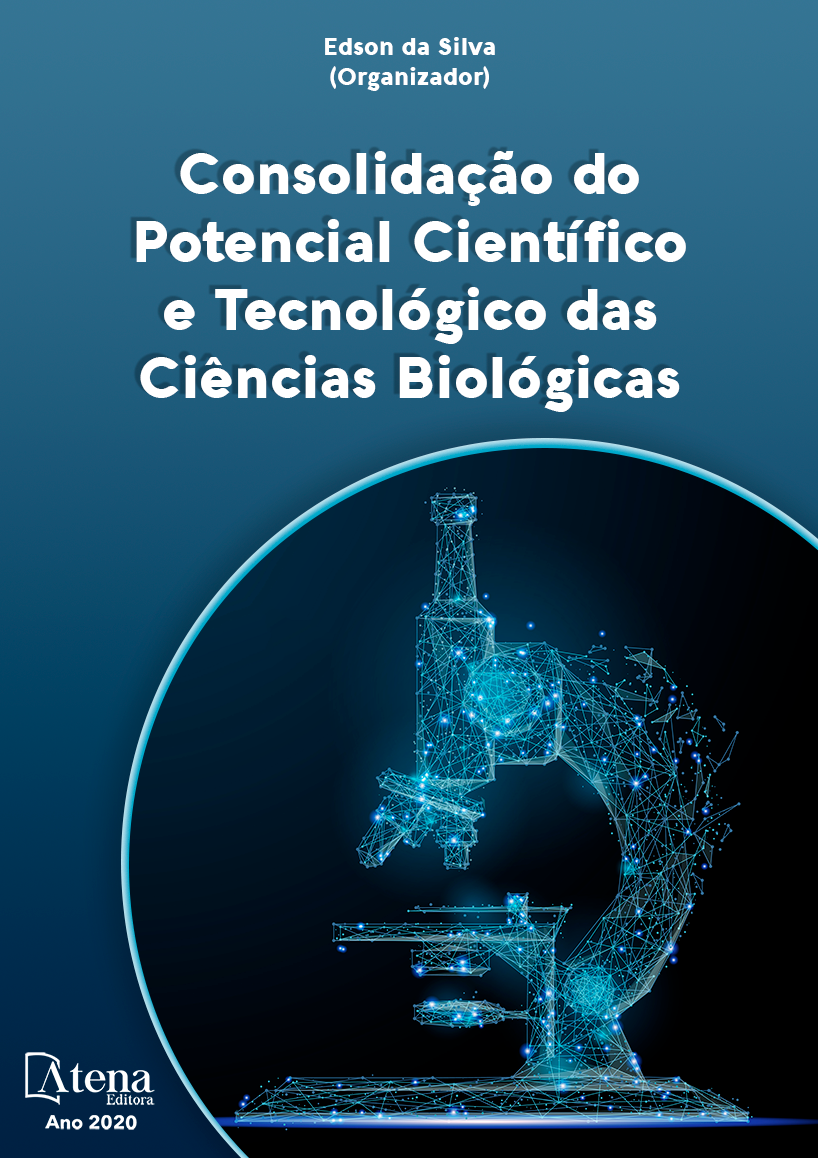
STRUCTURE OF THE ZOOPLANCTONIC COMMUNITY IN AFFLUENT OF THE PARANA RIVER, IN THE SUB-TROPICAL REGION OF BRAZIL
A crescente degradação de hábitats naturais e consequente perda de espécies têm preocupado ambientalistas e ecólogos nas últimas décadas. Na bacia do Rio Paraná existem diversos trabalhos caracterizando a comunidade zooplanctônica em variados ambientes: planícies de inundação, lagoas marginais e reservatórios, principalmente relacionados a distribuição geográfica das espécies. O presente estudo teve como objetivo investigar a composição e estrutura da assembleia zooplanctônica em um trecho do baixo rio Piquiri - Alto rio Paraná, sem influência de reservatórios, havendo três estações de amostragem. O zooplâncton foi amostrado pela filtragem de 200 litros da sub-superfície em rede plâncton (68 μm). O material coletado foi fixado em solução Formol 4% tamponada com CaCO3. A contagem dos organismos zooplanctônicos foi realizada em câmara de sedimentação de Sedgwik-Rafter (contados 5 ml de cada amostra), com identificação ao menor nível taxonômico possível. Foram identificados 35 táxons: 25 de tecamebas – predominando Difflugiidae (5 táxon), Arcellidae (9 táxons) e Centropyxidae (6 táxon); 9 de rotíferos e 1 de copépode, destacando Centropyxis discoides, Arcella artocrea, Arcella conica e Difllugia sp1. O estudo sazonal revelou que no inverno o valor de abundância relativa foi maior comparado com a primavera, ocorrendo com maior predominância Centropyxis discoides nas três estações. Em relação a diversidade de Shannon-Wiener (H’), em nenhum dos pontos de amostragem observaram-se valores acima de 3.0 bits.ind-1 (pontos 1 e 2 valores entre 2,0 e 3,0 bits.ind-1), sendo proporcional ao número de espécies real. O índice de diversidade de Sympson revelou que os pontos 1 e 2 apresentaram valores entre 0,5 e 1,0 nº espécies nas amostras, apresentando altas diversidade e baixa dominâncias. As razões para a redução do zooplâncton na primavera pode estar relacionado com a intensa seletividade nutricional por peixes e pelas alterações do regime hidrológico do rio, que podem afetar a diversidade e abundância das espécies zooplanctônicas.
STRUCTURE OF THE ZOOPLANCTONIC COMMUNITY IN AFFLUENT OF THE PARANA RIVER, IN THE SUB-TROPICAL REGION OF BRAZIL
-
DOI: 10.22533/at.ed.47020030816
-
Palavras-chave: Assembléia; Rio Piquiri; Zooplâncton; Ecologia; Mariluz
-
Keywords: Assemblage; Piquiri River; Zooplankton; Ecology; Mariluz
-
Abstract:
The increasing degradation of natural habitats and the consequent loss of species has been worrying environmentalists and ecologists in recent decades. In the Paraná River basin there are several works characterizing the zooplankton community in different environments: flood-plains, marginal lagoons and reservoirs, mainly related to the geographic distribution of the species. The present study goals to investigate the composition and structure of the zooplankton assembly in a stretch of the lower Piquiri river - Upper Paraná river region, without the influence of reservoirs, with three sampling location. Zooplankton was sampled by filtering 200 liters of water in plankton net (68 μm). The collected material was fixed in a Formol 4% solution buffered with CaCO3. The counting of zooplanktonic organisms was realized in a Sedgwik-Rafter sedimentation chamber (5 ml of each sample counted), with identification at the lowest possible taxonomic level. 35 taxa were identified: 25 from tecamebas - predominating Difflugiidae (5 taxa), Arcellidae (9 taxa) and Centropyxidae (6 taxa); 9 rotifers and 1 copepod, highlighting Centropyxis discoides, Arcella artocrea, Arcella conica and Difllugia sp1. The seasonal study revealed that in the Winter, the relative abundance value was higher compared to the Spring, occurring with a greater predominance of Centropyxis discoides in the three sampling points. Regarding Shannon-Wiener´s diversity (H'), none of the sampling points showed values above 3.0 bits.ind-1 (points 1 and 2 between 2.0 and 3.0 bits.ind-1), being proportional to the number of real species. Sympson's diversity index revealed that points 1 and 2 had values between 0.5 and 1.0 number of species in the samples, showing high diversity and low dominance. The reasons for the reduction of zooplankton in the Spring may be related to the intense nutritional selectivity for fish and changes in the hydrological regime of the river, which can affect the diversity and abundance of zooplankton species.
-
Número de páginas: 15
- João Marcos Lara de Melo
- Carlos Eduardo Gonçalves Aggio
- Loueverton Antonio Rodrigues de Castro


